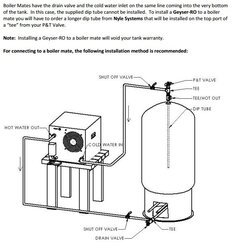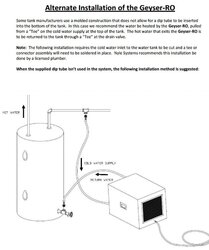The two previous owners of my last house had been thru a new water heater every 3 - 6 years, for about as long as anyone could remember. Ultra, ultra hard water was to blame. When I bought the house, I noticed the brand-new water heater they had just installed a year earlier, and the PO told me to just plan on buying a new one every 4 years.
I installed a water softener, got the hard water in check, and never had a single water heater problem.
That's not the answer to everyone's troubles, but it is the answer to most water heater failures in the northeast.
You should get one.

I'd like to. I'm burning 1 gallon oil per day all summer for heating DHW, adding extra heat to the house which my AC systems must overcome, and then running two dehumidifiers in the basement. All summed, I could probably save close to $400 per month in summer, with a HPWH. However, I have hesitated making the switch for a few reasons:
1. Probably the biggest single reason, since really starting to learn about HPWH's a few weeks back, I've been in the middle of several other projects. We just completed a small expansion to the house, and are making preparations for our long list of summer projects (converting a barn to a heated shop, adding a second floor to the barn, planting 23 new trees, tearing out and rebuilding four windows on the house, rebuilding two old 1770's doors, renovating two rooms on our first floor, moving our office and den).
2. My boiler is as reliable as stone. It also has no trouble keeping up when we have three people showering at the same time as a clothes washer and dishwasher running.
3. Bad or mixed reviews on many HPWH units, such as the OP in this thread.
4. The perceived requirement for restrictive plumbing, such as this, from the Nyle install manual (again, think boilermate, not electric water heater):

I do see they publish an "alternate installation," shown with an electric water heater in the manual, and I see no reason why this shouldn't work with a boilermate:

However, I need to speak with someone at the manufacturer, to understand why this is the "alternate" plumbing, and not favored over the dip tube install. Seems to me this alternate scheme is the ONLY sensible scheme, but there must be a serious disadvantage in this scheme, for them to propose that restrictive coaxial diptube as the favored solution.





